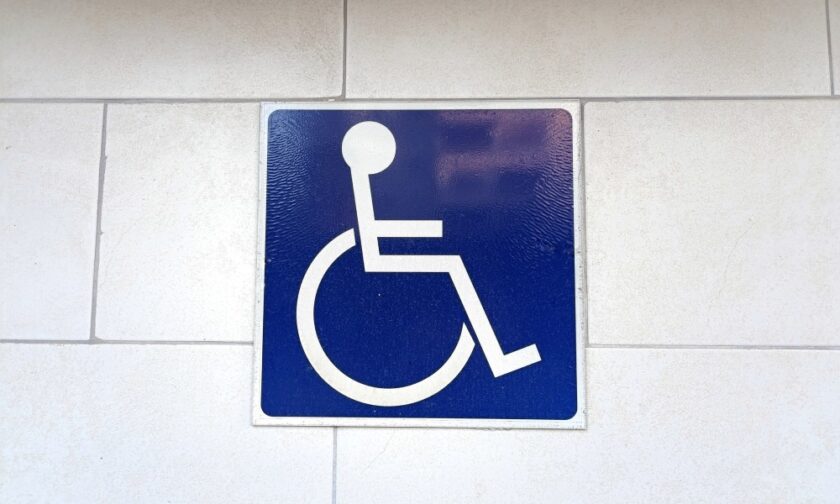Creating an outdoor event that everyone can enjoy requires careful planning and attention to accessibility. Making sure your event is ADA-compliant shows your commitment to inclusivity and broadens your audience reach. In this guide, we’ll explore how to plan an accessible outdoor event that meets ADA requirements and offers a seamless experience for all attendees.
Understanding ADA Regulations for Outdoor Events
Before you start planning, it’s essential to understand the regulations of the Americans with Disabilities Act (ADA). These guidelines ensure that people with disabilities can access all parts of an event. Familiarize yourself with the requirements for accessible routes, seating, restrooms, and communication to build a solid foundation for your event.
The ADA mandates accessible pathways that connect all areas of an event. This mandate includes ensuring that walkways are wide enough for wheelchairs and free from obstacles. Accessible seating must also be available, allowing individuals who use wheelchairs to have equal access to event spaces. You should also consider renting ADA-compliant restroom trailers, which can offer a comfortable solution for attendees with disabilities.
Communication plays a significant role in ADA compliance. Providing sign language interpreters, captioning services, or assistive listening devices makes it easier for attendees with hearing impairments to participate. Have printed materials available in accessible formats, such as Braille or large print, to support inclusivity.
Plan an Accessible Outdoor Event
Choosing the right venue sets the stage for an inclusive event. Look for locations that already meet ADA standards or places you can easily adapt. Consider the terrain and whether paths can accommodate wheelchairs and mobility aids. Venues with accessible restrooms and parking make a big difference.
When designing event spaces, think about how attendees will move from one area to another. Keep pathways clear of decorations or obstacles. Provide seating areas with accessible options so everyone can enjoy the event comfortably. Ramps and elevators are crucial for multi-level events.
Parking and transportation often pose challenges but are crucial for accessibility. Designate accessible parking spots close to the entrance and provide drop-off locations for those who need them. Offering shuttle services with wheelchair access ensures everyone can reach the venue without difficulty.
Budgeting and Cost Considerations
Budgeting for accessibility involves more than just meeting legal requirements. It means prioritizing inclusivity in every aspect of planning. While some accessible features might increase costs, they are essential for creating a welcoming environment.
Consider allocating funds specifically for accessibility needs from the start. Proactively planning helps avoid unexpected expenses later. Collaborating with organizations focused on disability rights can provide valuable insights and potential cost-saving strategies.
The Impact of ADA Compliance
ADA compliance transforms the event experience for everyone. Attendees with disabilities can engage fully without encountering barriers. This inclusivity leads to a more diverse and vibrant crowd, enriching the atmosphere.
On a broader scale, an accessible event demonstrates social responsibility and goodwill. Attendees appreciate when organizers prioritize accessibility, which can enhance your event’s reputation. You create a space where all guests feel valued and respected by accommodating diverse needs.
Tips for Promoting Your Event’s Accessibility
Promoting your event’s accessibility features encourages more people to attend. Highlight these aspects in your marketing materials and share them on social media. Clear information about accessible entrances, parking, restroom facilities, and communication aids reassures potential attendees that you’re meeting their needs.
Engage with communities and organizations that advocate for people with disabilities. Partnering with them can extend your reach and invite valuable feedback. Encourage attendees to share their experiences on social media, showcasing your event’s commitment to accessibility.
Planning an ADA-compliant outdoor event requires attention to detail and a commitment to inclusivity. You’re creating an event welcoming to everyone. Spread the word about your accessible features to attract a diverse audience.
Prioritize accessibility in your event planning. Doing so meets legal obligations and fosters a sense of community and inclusion. Let’s work together to create events that everyone can enjoy and participate in fully. Start planning your accessible outdoor event today and make a lasting impact.






